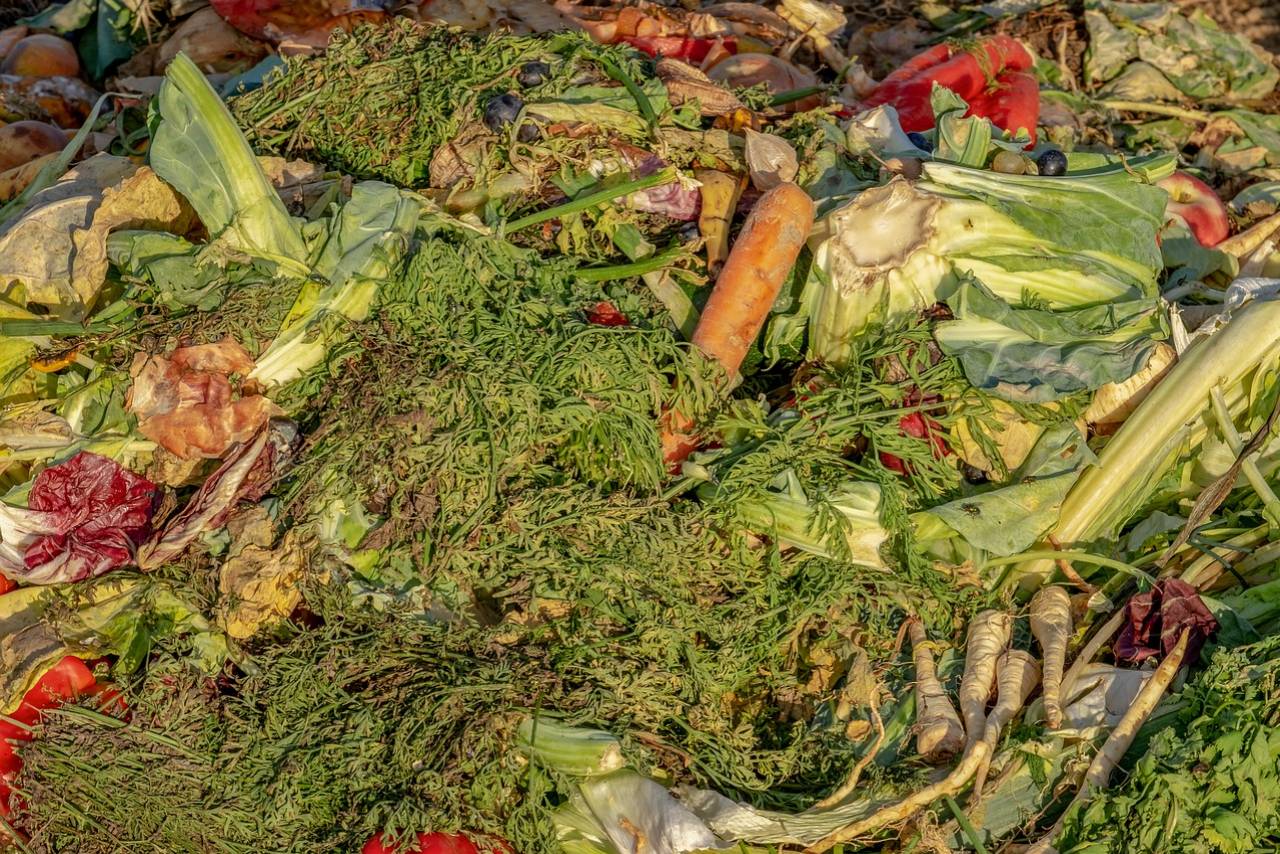Food Waste Management- 6 Strategies to Reduce the Impact of Food Waste
Not only is food waste harmful to the environment, but it also costs us money. Let's take a look at 6 food waste management strategies that can help you reduce the impact of it in your organization.

Strategies For Food Waste Management
An anthropologist named Timothy W Jones spent 10 years, including 8 years under grant from US Department Agriculture, in studying and measuring food loss . He started from in the farms, went through warehouses, retail food outlets, dining rooms and finally landfills.
Jones, during his research, found not only is edible food discarded that could feed people who need it, but the rate of loss, even partially corrected, could save U.S. consumers and corporations tens of billions of dollars each year.
The research further stated, On average, households waste 14 percent of their food purchases. Fifteen percent of that includes products still within their expiration date but never opened. Jones estimates an average family of four currently tosses out $590 per year, just in meat, fruits, vegetables and grain products.
However, some strategies can help reduce food waste at homes and in restaurants.
1. Prevent food waste at source and supply chain -
Food waste starts right from production, continues throughout the supply chain till consumption. As per the data from United States , Canada , Australia and New Zealand, 20 percent of fruit and vegetables are lost during production, 12 percent are lost at the distribution and retail level, while 28 percent are lost at the consumer level. Similarly in seafood, 11 percent is lost during production, 5 percent lost during processing and packaging, 9.5 percent lost at the distribution and retail level, while another 33 percent lost at the consumer level.
One of the ways of reducing food waste in restaurants is purchasing in line with the daily sales. Storage, too, plays an important role in food waste prevention . Storing food at the right temperature slows down the bacterial growth, increasing longevity of the food.
2. Redistribute excess -
Social activists and NGOs have always encourage restaurants, supermarket owners to distribute the excess amount of food . Food manufacturers and retailers can contact food distribution organisations for the purpose of food donation . Distributing excess food on shelf can serve two purposes with one stonefeeding the hungry and reducing food loss .
There are a lot of food donation programs that allows supermarkets and grocery stores to donate food that is not fit for sale but safe for consumption. Donating such food can help reducing food waste , which otherwise would have gone in the landfills.
More ways to reduce food waste
3.Feed the animals-
There are several school programs in Minnesota where they collect food scraps and donate it to chicken or pig farms. On an average, these schools collect approximately 7 tons of food scrap a day. Donating this food waste to animal farms, which otherwise would have gone to landfills, can save around $975 every day as landfill disposal fees, as per an article.
4.Industrial use-
Waste reduction through industrial uses involves methods that convert and recover energy from food scraps . Anaerobic digestion is one of its method. Here, the microorganisms break down the organic waste or biodegradable food scraps in absence of oxygen, and converts it into energy. Several waste treatment facilities have anaerobic digestors that not only treat waste water but are also capable of processing food waste .
Los Angles Water Pollution Control Board uses a method where it collects all food scarps , food waste and unsellable or wasted food from restaurants, grocery stores and converts it into a paste. This paste is further added to anaerobic digestor. The waste management facility then converts this food waste paste into biogas, which can be further used as fuel to run machineries at the facility.
These plans can be extended to other major places like New York City .
5. Pre-plan your menu
6. Composting is the key
Plan your menus in advance
Planning menu for the week can help a lot is food waste prevention . Decide your menu, check the cupboards to see what all ingredients you already have. Similarly, check your refrigerator to see what veggies or fruits are there. Now, create the list of the items that are required and place the Purchase Order in the supermarket accordingly. This will help you avoid duplicate buying, thereby reducing food waste .
Also, try to align your menu with the food items available at home. This can Reduce Food by a large amount. For instance, if there is a chicken breast resting in the freezer, it is suggested to use chicken in your next few meals. Try to use up what is available before you rush to the supermarket.

Organize Your Kitchen
Keeping your kitchen organized can help you avoid duplicate buying, therefor helping in food waste reduction .
Store spices, cereals, pulses and beans in proper airtight containers. Write the names on these containers in case they are not transparent, and arrange them properly in the cupboards that are situated right on kitchen top. This way, it will be more easy to reach and you can always get what you want, without any hunting. And will lead to efficient Food Management .
Composting
Composting is one of the oldest and most adopted methods to treat organic waste. Composting is the process of recycling natural organic waste like leaves , food scraps into manure.
San Francisco is highly active in this category. The city has zero waste policy. Every restaurant and office is required to have separate bins to dispose solid waste and wet waste. In fact, every event organized here is required to offer composting and recycling.
It conducts a door-to-door waste collection program and offers toolkit to commercial offices , restaurants and along the Supply Chain on managing food scraps .
Avoid over-ordering
Order only what is required. Check your refrigerator and kitchen compartments before you place a grocery order. Similarly, if ordering a meal, order reasonable quantities. In case, restaurant is offering a large pizza or a big meal box at discounted price, go ahead with it. And use the leftovers as the sides in the next meal.
You can also read on Food Safety
Segregate Dry And Wet Waste
Segregate dry waste and wet waste . Wet waste is usually the kitchen waste while dry waste includes plastic, cardboard and food packaging material. The waste segregation makes easy to pick and recycle and dry waste, while wet waste can easily be converted into natural fertilizer. Thereby, leading to food waste prevention .
Conclusion
In United States approximately one pound of food per person is wasted daily. This equates 206 billion pounds of food waste generated in America in 2017, as per the he United States Department of Agriculture (USDA).
Besides, food waste in the major contributor to United States landfills, according to the Environmental Protection Agency (EPA).
We can easily prevent a huge chunk of the food from getting wasted. Donate excess food to the needy, collect Restaurant Waste and food scraps and send it to the animal farms , compost organic waste from kitchen in your home gardens. Let's do our best in solving the global crisis of waste management.